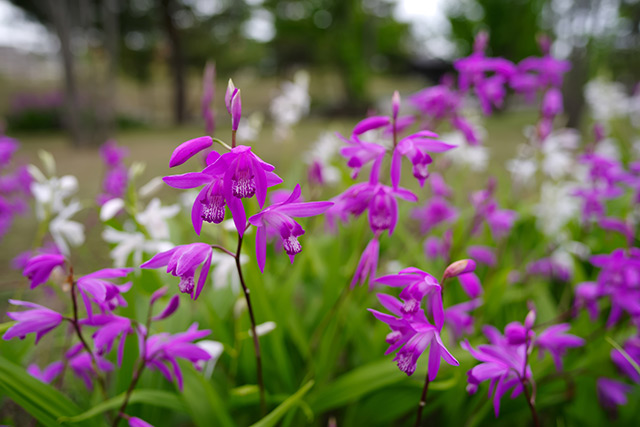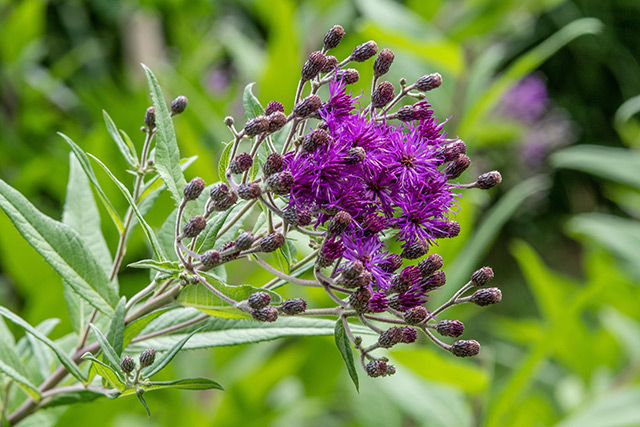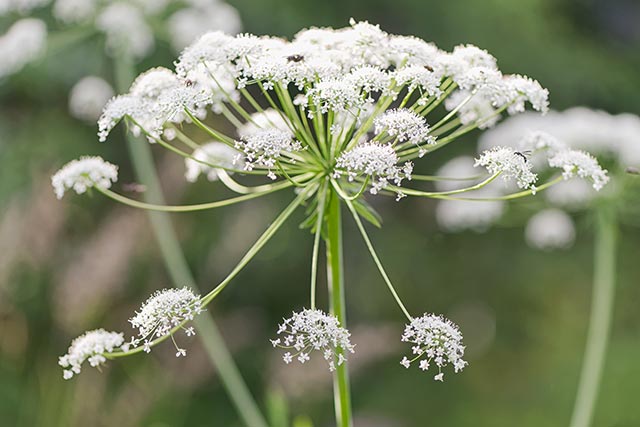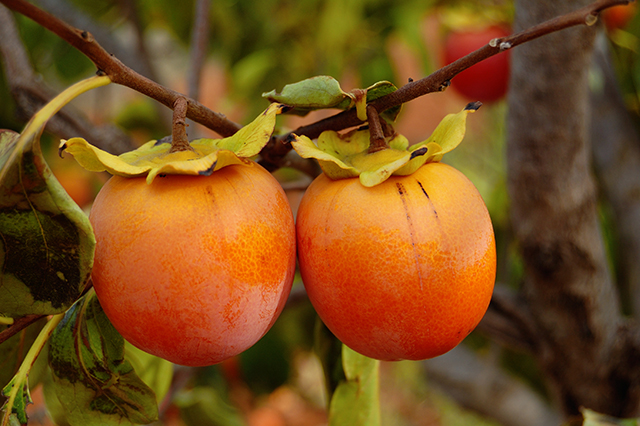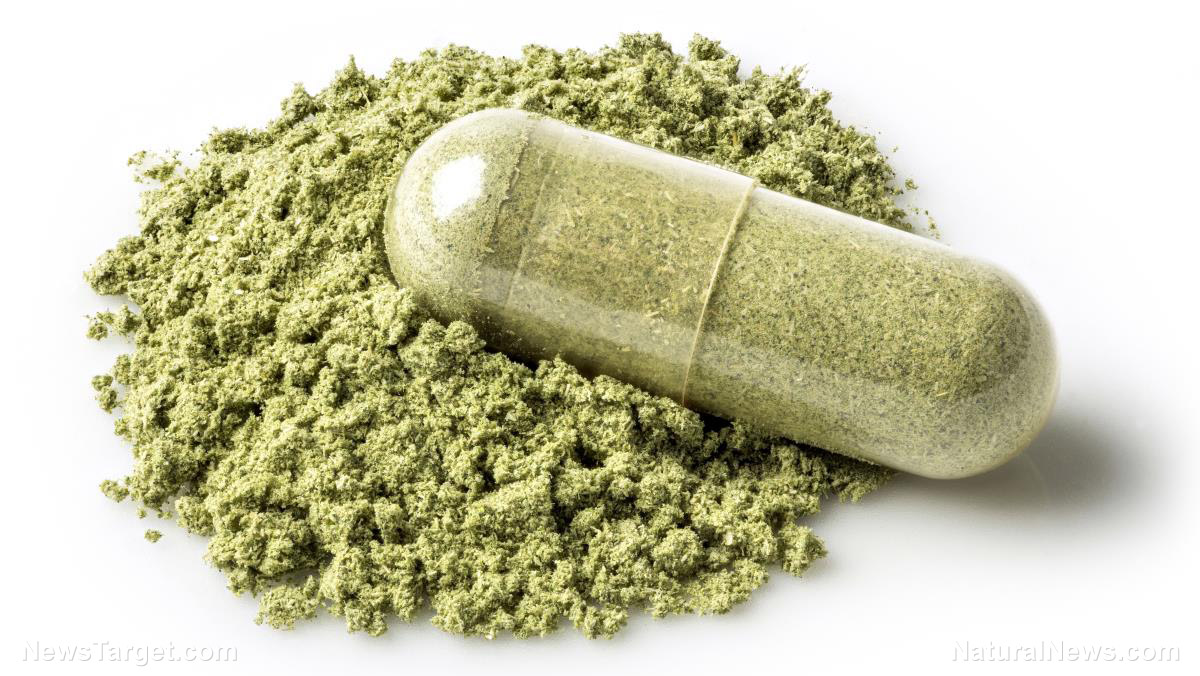Australian rainforest tree shows promise as powerful antiseptic
01/25/2019 / By Ellaine Castillo

Researchers from Griffith University have found that Oliver’s sassafras (Cinnamomum oliveri), a rainforest tree native to Australia, has potent antibacterial activity. This finding, which was published in the journal Pharmacognosy Communications, shows that Oliver’s sassafras has potential use as a natural antiseptic.
- Oliver’s sassafras, also known as camphorwood, black sassafras, or cinnamon wood, is commonly found in the northeastern rainforests of Australia.
- The Australian Aborigines used the bark and leaves of this tree to make a decoction for diarrhea, dysentery, and other bacterial diseases. Unfortunately, there are limited studies on the antibacterial properties of its leaves.
- There are many phytochemicals present in Oliver’s sassafras, including the terpenoids camphor, safrole, eugenol, methyl eugenol, and cinnamic aldehyde. Previous reports on terpenoids have shown that these can inhibit the growth of several pathogenic bacteria.
- In this study, the researchers collected extracts from dried and powdered Oliver’s sassafras leaves and determined their phytochemical content. They were able to identify the presence of phenolic compounds, flavonoids, triterpenoids, and alkaloids.
- To determine antibacterial activity, they tested the extracts against Aeromonas hydrophila, Alcaligenes faecalis, Bacillus cereus, Citrobacter freundii, Klebsiella pneumoniae, Proteus mirabilis, Pseudomonas fluorescens, Salmonella newport, Serratia marcescens, Shigella sonneii, Staphylococcus aureus, Staphylococcus epidermidis, Streptococcus pyonenes, and E. coli. The researchers observed that the extracts exhibited potent antibacterial activity, being especially effective against P. mirabilis, E. coli, K. pneumoniae and B. cereus.
- They also determined toxicity using a brine shrimp (Artemia franciscana) lethality assay and found that Oliver’s sassafras was non-toxic.
From these results, the researchers concluded that Oliver’s sassafras has potential use as an antiseptic since it has potent antibacterial activity and is non-toxic. Moreover, these results validate the traditional use of this plant in treating bacterial diseases.
The full text of the study is available at this link.
Read more news articles on plants with medicinal properties by visiting PlantMedicine.news.
Journal Reference:
Chikowe GR, Mpala LN, Cock IE. CINNAMOMUM OLIVERI F. M. BAILEY LEAF SOLVENT EXTRACTIONS INHIBIT THE GROWTH OF A PANEL OF PATHOGENIC BACTERIA. Pharmacognosy Communications. May 2017;7(2). DOI: 10.5530/pc.2017.2.11
Tagged Under: antibacterial, antiseptic, Australian rainforest tree, Cinnamomum oliveri, medicinal plants, natural remedies, Oliver's sassafras, rainforest tree




